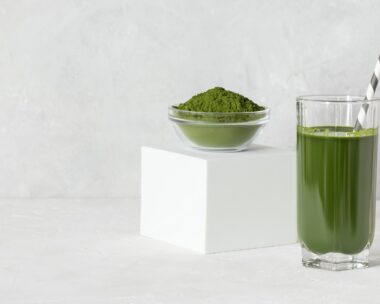Juggling might seem like something best left to professional clowns, but a new study has found it can increase the size of your brain.
Research conducted by the Department of Clinical Neurology at Oxford University, found activities that test the mind and body at the same time seem to increase the brain’s ‘white matter’ — the brain’s neural connections — by as much as five percent.
Related: Jogging adds five years to life
As a bonus, these types of tasks improve hand-eye coordination and agility.
The research team enrolled 24 young adults in the study, who were given brain scans before the testing commenced.
Half the participants were then given training sessions in how to juggle and instructed to practice for at least 30 minutes a day.
At the end of six weeks of training, a second set of brain scans were taken, which clearly showed an increase in white matter in those people who had practised juggling daily.
While previous studies have suggested that different mental activities and practices can change and grow ‘grey matter’ — which is the part of the brain involved in processing, comprehending and retrieving information — this is one of the first studies to show an effect on the brain’s white matter, which controls our ability to see and react to things.
Therefore, this study has potential significance for the treatment of diseases like multiple sclerosis, Parkinson’s and Alzheimer’s, where neural pathways and brain ‘cabling’ are damaged.
If juggling doesn’t appeal, try any sport that requires your complete attention — table tennis, skipping, and hula hooping are three more good (and fun) ones.
Even if you can’t keep those balls in the air, or that hoop around your waist, remember that the important outcome of this study was that it was the amount of time spent practising, not the level of skill achieved, that had the brain-boosting benefit.
Related: Autism linked to obesity in mothers
This study was published in the journal Nature Neuroscience.
Video: The battle with tourettes




